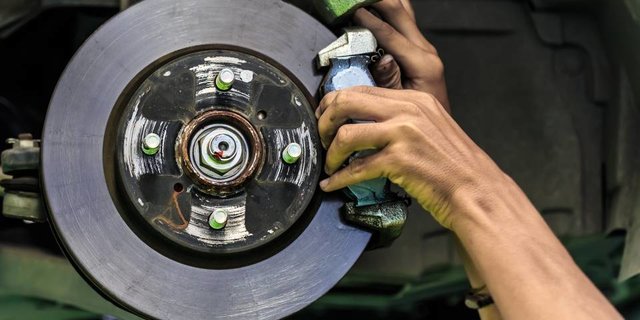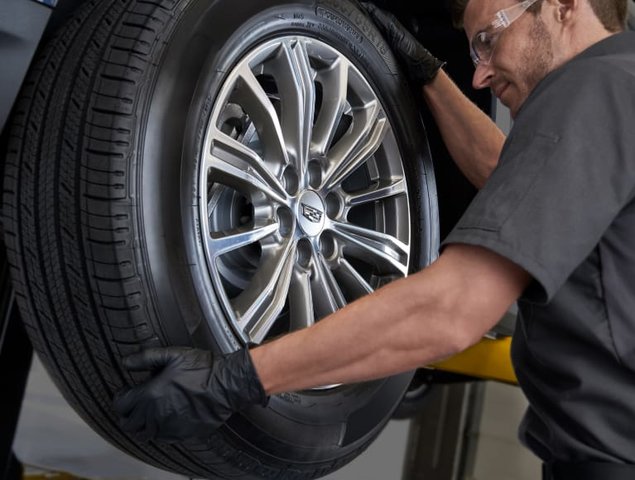Brakes need to be kept in tip-top shape, so here's what you need to do
Of all the things we take for granted with our vehicles, at least brakes have the helpful feature of letting us know when things are amiss. But waiting until the grinding noises happen – or worse – can leave us at risk on our roads. With all the advancements in technology and design that have taken our humble rides to creations comparable to a space shuttle, many consumers are left scratching their heads thinking of how braking systems seem to have been left in progress’ dust. But a closer look reveals something very different.
Think disc brakes are nothing new? Think again. Yes, four-wheel discs have been around for decades and even entry-level econo-boxes have them, but there are a few twists in this older technology. Multiple pistons in the calipers are becoming more common, as well as new alloys in their construction and new recipes for the lining materials. These advancements can provide better performance, less noise and uneven pad wear along with extended life-spans.
If all the moving parts were protected from the corrosion-causing elements on our roads, everything would be peachy. But remember – our Canadian weather is often not on the minds of car designers in California. Water and salt tend to wreak havoc with the metal tracks in which brake pads ride, and another favourite of vehicle makers – open-style spoked wheels – provide more entry points for these corrosion creators. For daily, year-round drivers, this means having annual inspections that include physically verifying free, unencumbered pad travel, plus not only cleaning away rust and grime, but also lubricating things as needed.
Brake lining wear-warning systems seem to have disappeared in automaker’s march to cost cutting. Few, if any new vehicles have brake warning tabs, also known as those little metal clips mounted on brake pads that came into contact with discs as pad thickness reaches a certain point. This contact creates a loud, high-pitched squeal to warn drivers of the need for lining replacements. Without them, you’re left with regular inspections to let you know their status.
As for anti-lock brakes, this tech is getting long in the tooth but has been put to service in new features, such as lane-keep assist and automatic emergency braking, making it a safety item to keep in good working order. In lane-keeping duty, new software and hydraulic systems – backed by visual sensors – can individually control each wheel brake to gently apply them to nudge a vehicle back into its lane. In emergency or automatic braking systems, ABS can override our hesitation to fully apply the brakes to avoid collisions.
As from the beginning days of this tech, the wheel speed sensors tend to be the most vulnerable components and the causes of most dash warning lights. Sometimes, grit or grime can become embedded on the surface of the sensor, leading to signal losses – and there’s very little a driver can do to prevent this. Another failure with these sensors occurs when the wiring harnesses leading to them get damaged; in winter, this can be caused by packed ice, snow or slush coming loose and falling onto the wire cable. Periodic pressure washing these build-ups, or letting them melt in a heated parking area can help alleviate this risk.









